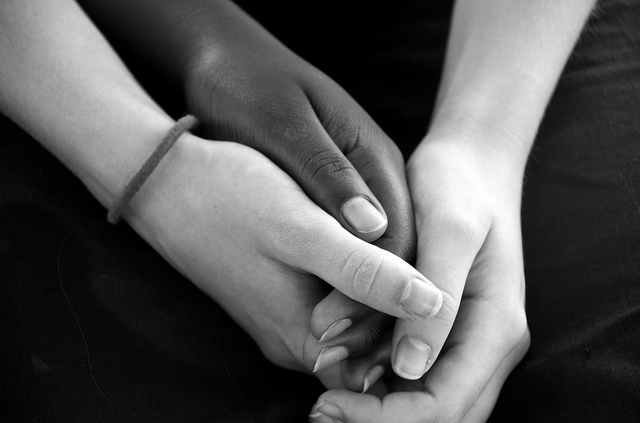Trigger Warning: This piece includes graphic descriptions of eating disorder behavior.
“Just eat more.” “Snap out of it.” “You have incredible willpower.” “She doesn’t look skinny enough to be anorexic.” “Teach me your ways.” “What? Him? Boys can’t have eating disorders.”
These crippling comments only scratch the surface of the abundance of harmful things that are said to or about an individual suffering from an eating disorder (ED) on a daily basis. Such comments are detrimental to anyone’s physical, mental, and emotional health. How the media presents body image has proven to be especially harmful to that of someone suffering from an ED.
According to the American Psychiatric Association DSM-5 (Diagnostic and Statistical Manual of Mental Disorders), feeding and eating disorders are characterized by a “persistent disturbance of eating or eating-related behavior that results in the altered consumption or absorption of food and that significantly impairs physical health or psychosocial functioning.”
False misconceptions have been developing around eating disorders for years. We are here to combat those stereotypes and let you know what’s up.
1. Only women can suffer from eating disorders

Photo courtesy of SammDewaele on Flickr.com
This is 100 percent false. In the U.S. alone, it is estimated that 20 million women and 10 million men suffer from eating disorders. Although eating disorders present differently in all individuals, this does not mean that men simply do not experience these food-related illnesses. A case report from 2006, for example, identified a 72-year-old man suffering from an eating disorder.
2. Eating disorders affect mostly young caucasian females

Photo courtesy of rmaspero on Flickr.com
Eating disorders do not discriminate. Individuals of all races and ethnicities can fall victim to this illness at any given point in their lifetime. People typically picture those who suffer from eating disorders as being young, white, affluent females. This is not true as eating disorders are present in all minorities.
3. There are two types of eating disorders: anorexia and bulimia

Photo courtesy of hikabu on Flickr.com
There are, in fact, four different categories of eating disorders. The four types are known as anorexia nervosa, bulimia nervosa, binge-eating disorder, and EDNOS (eating disorder not otherwise specified). Most people are surprised to know that approximately 60 percent of men and women suffering from this mental illness are EDNOS categorized.
4. Eating disorders are about not eating enough

Photo courtesy of Debbie on Flickr.com
The diagnosis and classification of eating disorders go much deeper than this. Risk factors can aid in the prediction of the emergence of a clinically significant eating disorder. Risk factors that can contribute to the emergence of an eating disorder include, but are not limited to, body dissatisfaction, negative affect, thin-ideal, dieting and family social support deficits.
5. Blind individuals can not suffer from eating disorders

Photo courtesy of Mia Sara on Flickr.com
Blind individuals are not immune to developing an eating disorder. A specific case report in 2006 chronicled the life of a blind, 47-year-old Spanish woman suffering from bulimia nervosa. Cases like this one have posed many questions in regards to the role that body image plays in the emergence of an eating disorder.
6. Eating disorders are “phases”

Photo courtesy of Zzozkefezz on Flickr.com
Eating disorders are life-threatening and adolescents are at the highest risk of developing an eating disorder. Most eating disorders show a steady increase between the ages of 11 and 18. The relapse rate after treatment of all individuals suffering from eating disorders is extremely high, especially in those who are classified as binge eating type.
7. You must be underweight to have an eating disorder

Photo courtesy of Kristi Bogel on Flickr.com
In many cases, individuals may show enough symptoms and behaviors to be clinically classified as having an eating disorder yet they may be of normal weight or more. The anorexia nervosa diagnosis includes an element of being significantly underweight. On the other hand, bulimia nervosa does not require an element of being significantly underweight.
Eating disorders are not what they seem. They are not what the media presents them as and they are not something to take lightly. Be aware, be present and always watch your words.
An eating disorder is an extremely serious illness. If you or someone you know may be suffering from an eating disorder, visit the National Eating Disorders Association website for help.




